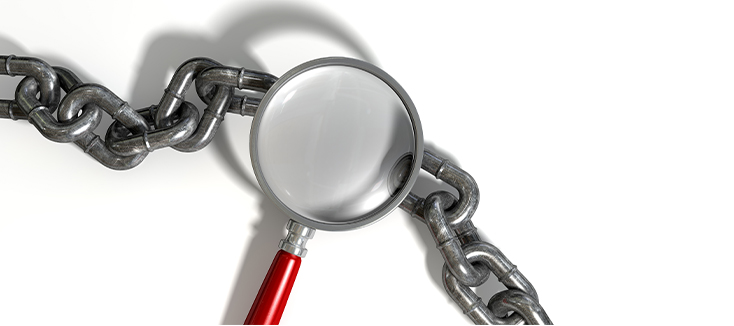Cleaning a transesophageal echocardiogram (TEE) ultrasound probe is vital to achieving high-level disinfection. The Centers for Medicare & Medicaid Services' (CMS) Infection Control Surveyor Worksheet states: "Pre-cleaning must always be performed prior to sterilization and high-level disinfection." Cleaning TEE probes, sometimes called pre-cleaning, is critical to a successful disinfection and to the integrity of the probe itself and must never be skipped. But when dealing with various semi-critical devices, there is so much jargon used, it can be hard to know what is even meant by "cleaning".
What is cleaning?
According to The Centers for Disease Control and Prevention (CDC), "Cleaning is the removal of foreign material (e.g., soil, and organic material) from objects and is normally accomplished using water with detergents or enzymatic products. Thorough cleaning is required before high-level disinfection and sterilization because inorganic and organic materials that remain on the surfaces of instruments interfere with the effectiveness of these processes."
How to clean a TEE probe
Immediately after removing a TEE ultrasound probe from a patient's esophagus, probes must first be bedside cleaned with an enzymatic product, like the TEEZyme® TEE Probe Enzymatic Sponge. This step removes some of the bioburden left on the shaft of the TEE probe and prevents what is left from hardening into biofilm. After this, the probe can be securely transported to the location where cleaning and disinfection can take place. The TPorter® TEE Ultrasound Probe Transportation Case keeps the delicate TEE probe's shaft and distal tip safe while protecting others from the biohazards a soiled probe presents.
The probe should then be rinsed to remove the bedside cleaning solution with a large volume of tempered water. The general recommendation is one minute of contact time per eight liters of water. Then a basin or sink should be filled with tempered water along with an enzymatic solution, like TEEZyme® MC Enzymatic Cleaner, for an enzymatic bath.
Next, the TEE probe's shaft should be submerged in this bath for the manufacturer's directed time found in the instructions for use. The handle and cable must not be submerged to avoid damage to the ultrasound probe. After the enzymatic bath is complete, the basin or sink should be emptied and a large quantity of fresh, tempered water should be used to rinse the TEE probe.
A drying step using a contaminant-free product, like the QwikDry® Ultrasound Probe Drying Cloth, is recommended before high-level disinfection. This eliminates excess moisture that may interfere with microbicidal processes.
What do inspectors look for?
It's pretty simple. Regarding cleaning, inspectors will be asking two questions:
1. Are you following the manufacturer's instructions for cleaning or evidence-based guidelines?
2. Are you visually inspecting probes prior to high-level disinfection for residual soil and re-cleaning as needed?
Is cleaning still required if using an automated reprocessor?
When using a standard automated high-level disinfector, yes. Units like the TD 100® Automated TEE Probe Disinfector and the TD 200® Automated TEE Probe Disinfector only high-level disinfect probes. As with manual disinfection methods, you must always start the disinfection process with a clean probe.
If, however, your facility is using the TEEClean® Automated TEE Probe Cleaner Disinfector, the cleaning step is actually automated by your TEEClean. After bedside cleaning the TEE probe, you can simply insert the soiled probe into TEEClean and it will clean and then high-level disinfect your probe automatically, saving you time and avoiding the risks associated with manual reprocessing.
To learn more about the cleaning and disinfection process, call one of CS Medical's high-level disinfection experts at 877-255-9472 or email us at service@csmedicalllc.com.


